Graphics Card (GPU)
$39.00
The graphics card, or GPU, is a crucial computer component designed to handle rendering of images, videos, and animations. It accelerates gaming, video editing, 3D modeling, and professional creative workflows, delivering smooth visuals and performance.
A Graphics Card (GPU), short for Graphics Processing Unit, is one of the most important parts of a modern computer. Whether you’re a gamer, designer, video editor, or someone who simply enjoys smooth visuals, the GPU determines how effectively your system can render graphics and perform visual tasks. Unlike the processor (CPU), which handles general instructions, the GPU specializes in parallel processing and rendering complex graphics quickly. Today, GPUs are not only essential for entertainment and creativity but also for fields like artificial intelligence, data science, cryptocurrency mining, and scientific simulations.
What is a Graphics Card?
A graphics card is a dedicated piece of hardware responsible for taking data from the CPU and converting it into images that display on your monitor. While CPUs can process graphics, they are not as efficient as GPUs because they are designed for a wide variety of operations. A GPU, on the other hand, is built specifically to handle visual rendering tasks with thousands of smaller cores that work simultaneously.
The graphics card is made up of several important components:
GPU chip – The actual processor that executes rendering tasks.
Video memory (VRAM) – Stores textures, images, and frame buffers needed for rendering.
Cooling system – Fans or liquid cooling to keep the GPU from overheating during heavy tasks.
Power connectors – Since GPUs consume more energy than the CPU, they require dedicated power supply cables.
Outputs – Ports like HDMI, DisplayPort, and DVI to connect monitors.
Importance of a Graphics Card
Gaming – A powerful GPU allows you to play modern games at higher resolutions, frame rates, and detail levels. Games today use advanced technologies such as ray tracing and AI-based upscaling (e.g., NVIDIA DLSS, AMD FSR), which are only possible with modern GPUs.
Creative Work – Designers, 3D artists, and video editors rely heavily on graphics cards for rendering animations, 3D scenes, and high-resolution video editing. Professional GPUs like NVIDIA Quadro or AMD Radeon Pro are optimized for creative applications.
Artificial Intelligence & Machine Learning – GPUs are excellent at parallel computing, making them perfect for training AI models and handling large data sets.
Cryptocurrency Mining – While less common now due to regulation and efficiency issues, GPUs have been widely used for mining cryptocurrencies like Ethereum.
General Computing – Even for everyday tasks like watching 4K videos or running multiple monitors, a dedicated GPU provides smoother performance than integrated graphics.
Types of Graphics Cards
Integrated GPU
Built directly into the CPU or motherboard.
Suitable for basic tasks like web browsing, streaming, and light office work.
Example: Intel UHD Graphics, AMD Radeon Vega integrated GPUs.
Dedicated GPU
A standalone card installed in a PCIe slot of the motherboard.
Offers higher performance and memory compared to integrated GPUs.
Brands include NVIDIA GeForce and AMD Radeon.
Workstation GPU
Designed for professional applications requiring stability and precision.
Examples: NVIDIA Quadro, AMD Radeon Pro.
External GPU (eGPU)
A graphics card housed in an external enclosure, connected to laptops via Thunderbolt or USB-C.
Provides desktop-level GPU performance for portable systems.
Key Features to Look for in a GPU
VRAM (Video Memory): Determines how much data the card can store for rendering. For gaming at 1080p, 6GB is usually enough, but 4K gaming or professional editing may need 12GB or more.
Clock Speed: Measured in MHz/GHz, this affects how fast the GPU can process data.
CUDA Cores / Stream Processors: The more cores, the better the parallel processing. NVIDIA uses CUDA cores, while AMD uses stream processors.
Ray Tracing: Advanced lighting simulation technology for realistic visuals.
DLSS/FSR: AI-based rendering technologies that boost performance without losing image quality.
Cooling System: Dual-fan, triple-fan, or liquid cooling options affect efficiency and noise.
Power Consumption (TDP): Determines how much power the GPU will draw and whether your PSU can handle it.
Leading GPU Brands
NVIDIA GeForce
Known for performance and advanced features like ray tracing and DLSS.
Popular series: GTX 16xx, RTX 20xx, RTX 30xx, RTX 40xx.
AMD Radeon
Competes strongly with NVIDIA, offering high performance at competitive prices.
Popular series: RX 5000, RX 6000, RX 7000 series.
Intel Arc
A newer competitor in the GPU market, focusing on mid-range performance and AI acceleration.
Applications of Graphics Cards in Different Fields
Gaming: High frame rates, 4K resolution, VR (Virtual Reality).
Content Creation: 3D rendering, CAD modeling, Adobe Premiere Pro editing.
Scientific Computing: Climate modeling, genetic research, deep learning.
Finance: Real-time trading analysis and simulations.
Medical Imaging: High-definition rendering for scans and diagnostics.
Future of GPUs
The future of graphics cards looks promising with innovations such as AI-powered rendering, real-time ray tracing, and energy-efficient architectures. Cloud gaming and virtual reality are expected to push GPU demand further. Additionally, with AI integration becoming mainstream, GPUs will play a central role in industries beyond gaming and design.
Maintenance and Care of a Graphics Card
Keep your GPU drivers updated for best performance and compatibility.
Ensure proper cooling inside your PC case to avoid overheating.
Clean the GPU fans and heatsinks regularly to prevent dust buildup.
Avoid overclocking unless necessary, as it can reduce lifespan if not managed well.
Conclusion
The graphics card (GPU) is far more than just a gaming accessory—it’s the powerhouse behind modern computing’s visual and processing demands. From immersive games to professional design work, AI computations, and beyond, GPUs have transformed how we interact with technology. Whether you choose NVIDIA, AMD, or Intel, investing in the right graphics card ensures smoother performance, better visuals, and future-ready computing.
Fast Dispatch – Orders are processed within 24–48 hours after confirmation.
Secure Packaging – All products are packed safely to avoid damage during shipping.
Estimated Delivery – Standard delivery usually takes 3–7 business days depending on your location.
Tracking Available – Once your order is shipped, you’ll receive a tracking link via email/SMS.

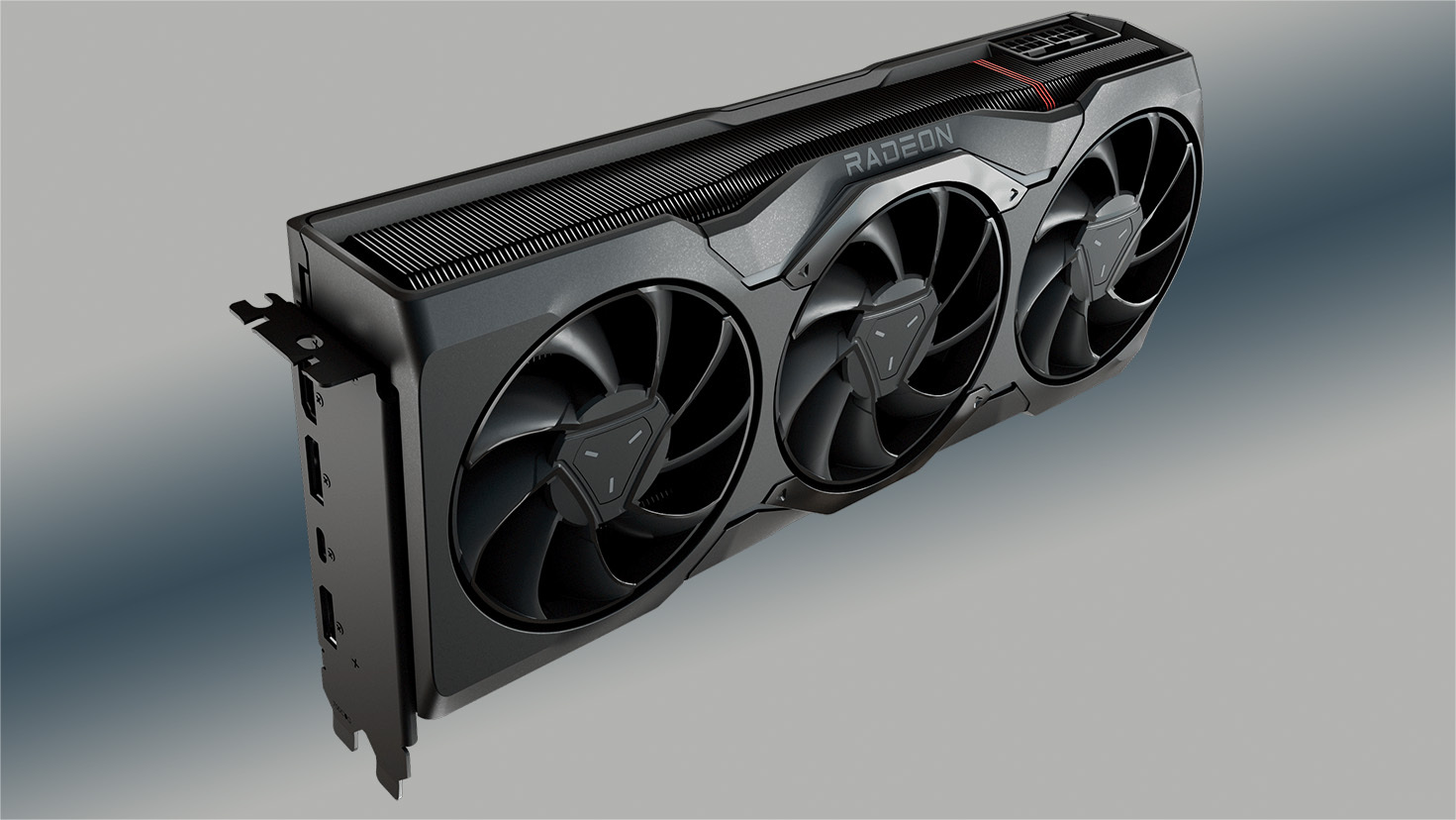
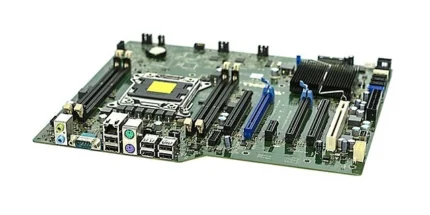
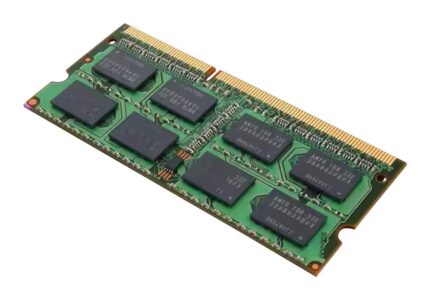
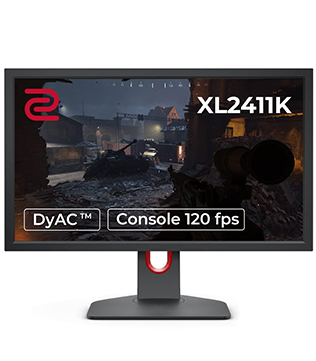
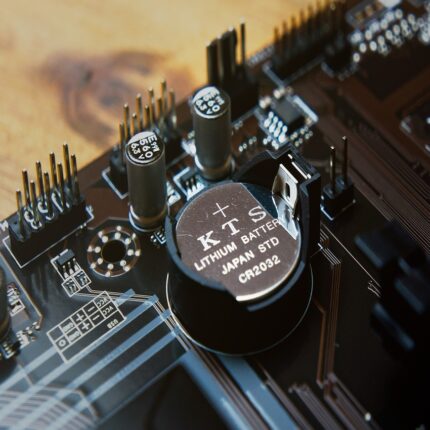
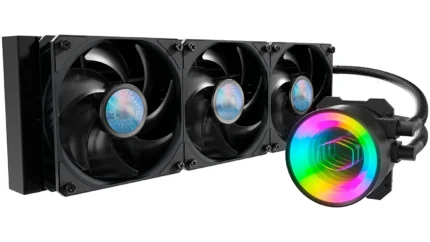
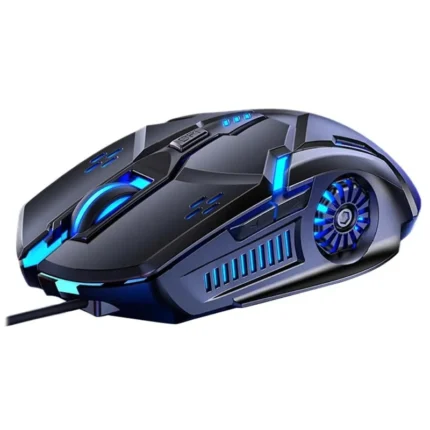
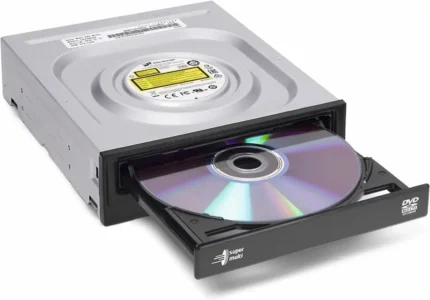
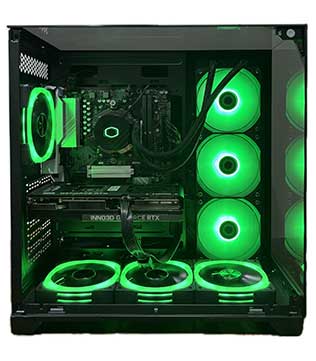
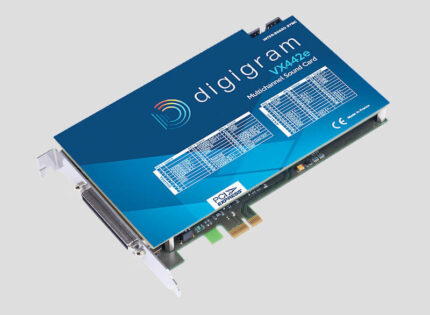
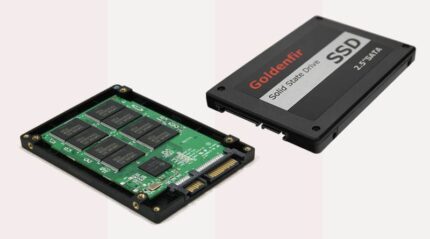
Reviews
There are no reviews yet.